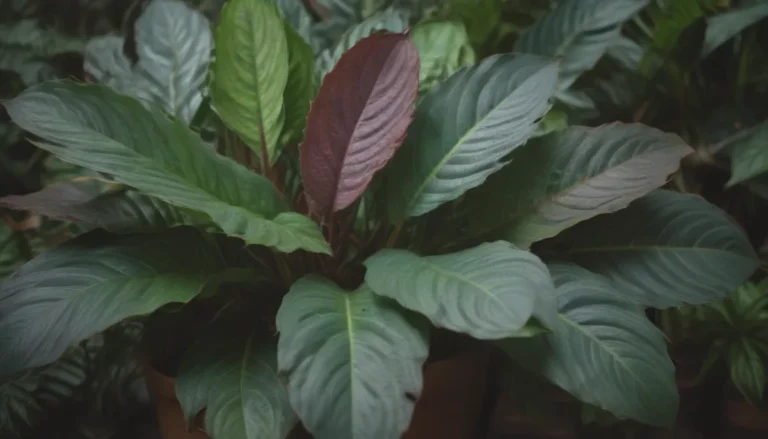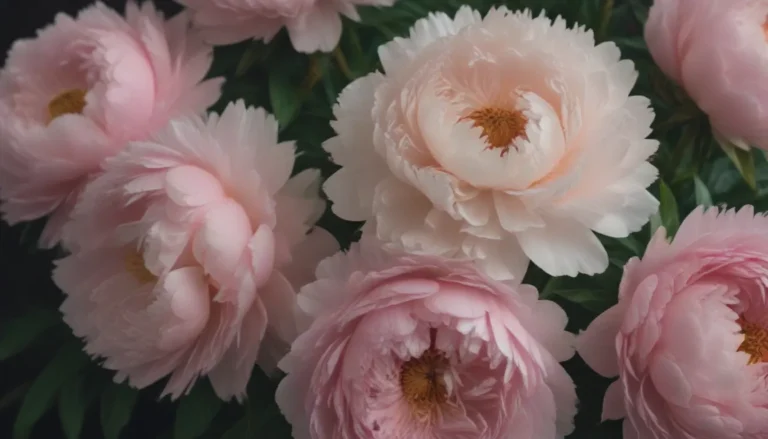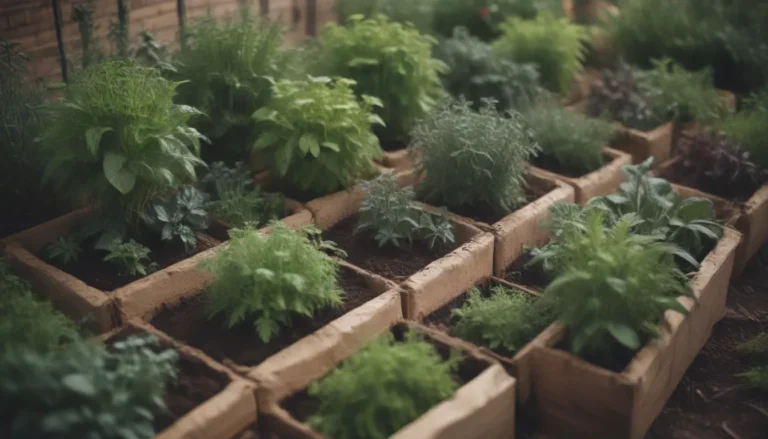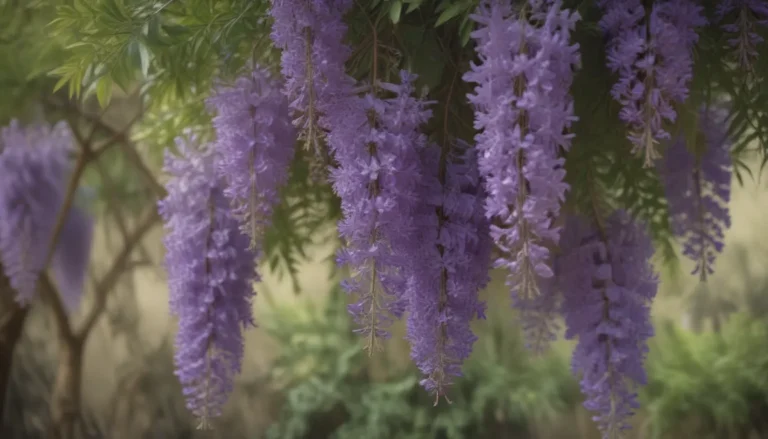A Comprehensive Guide to 12 Varieties of Pear Trees Perfect for Your Yard
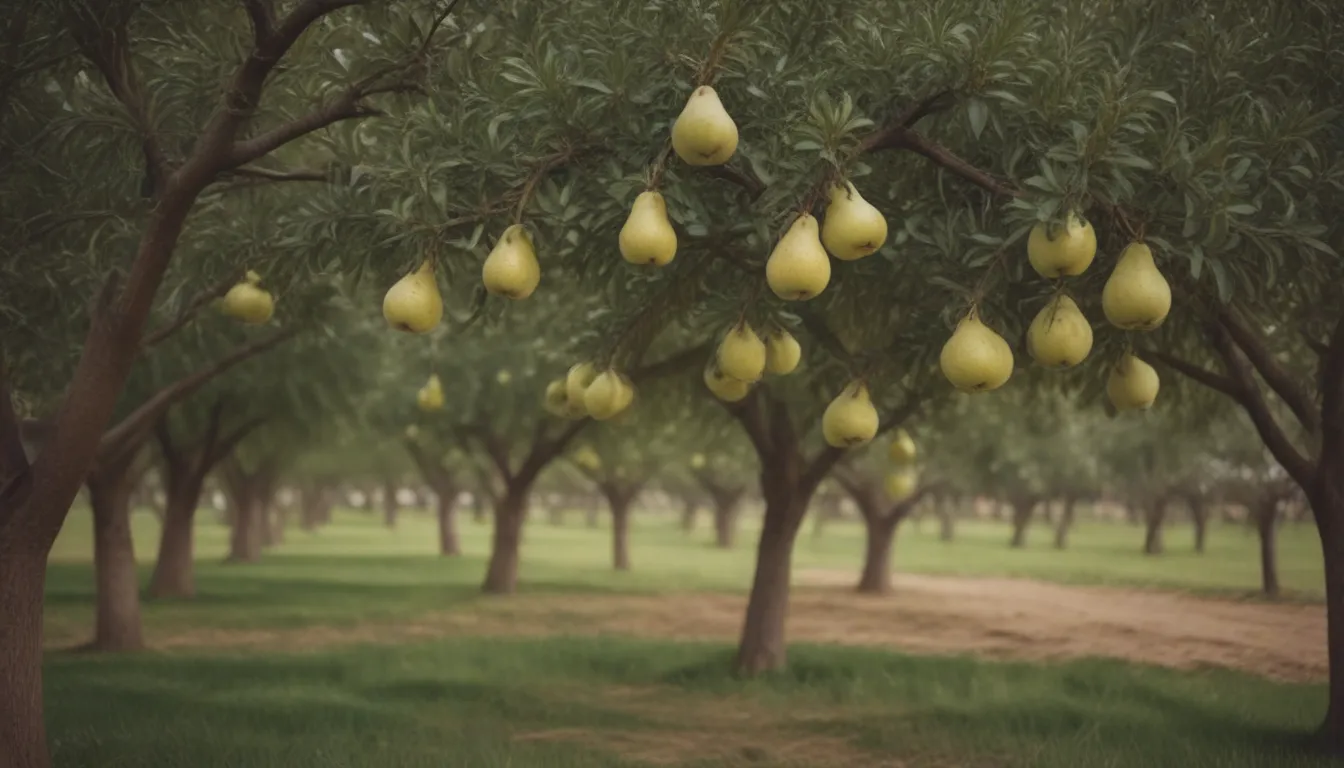
Pear trees are a delightful addition to any yard, offering not only beauty with their white blossoms in the spring but also delicious fruit in the late summer or early fall. With over 3,000 types of pear trees in the world, deciding which variety to plant in your yard can seem overwhelming. However, with the right information, you can select the perfect pear tree for your climate and preferences.
Factors to Consider When Choosing a Pear Tree for Your Yard
Before diving into the different varieties of pear trees, it’s essential to consider a few factors to ensure the tree thrives in your yard:
- Climate: Different pear tree varieties thrive in various climate conditions. Some are better suited for colder environments, while others can withstand warmer climates.
- Chill Hours: All pear trees require a specific number of “chill hours” each winter, which refers to the total number of hours between 32 and 45 degrees Fahrenheit that an area receives on average. Research the chill hour requirements of the pear tree variety you’re interested in to ensure it will produce fruit reliably.
- Cross-Pollination: Some pear tree varieties require cross-pollination with another variety to produce fruit. Consider planting compatible pear tree varieties to ensure a bountiful harvest.
12 Types of Pear Trees for Your Yard
Now, let’s explore 12 varieties of pear trees that are suitable for growing in your yard, each with its unique characteristics and requirements:
Bartlett Pear Tree
- Species: Bartlett pears (also known as Williams pears)
- USDA Hardiness Zones:
- Mature Size:
- Light:
- Soil:
- Chill Hours:
Bartlett pears are the most popular commercial variety grown in the United States. They have a perfect pear shape and are crisp and aromatic. The Bartlett pear tree produces fragrant white flowers in the spring. While they are self-pollinating, they are not drought-tolerant.
Baldwin Pear Tree
- Species: Hybrid crossing between a European pear and an Asian pear tree
- USDA Hardiness Zones:
- Mature Size:
- Light:
- Soil:
- Chill Hours:
The Baldwin pear tree produces semi-hard and sweet fruits, making them great for canning or desserts. It requires fewer chill hours, making it ideal for planting in warmer regions. Cross-pollination with another variety of pear tree is necessary for fruit production.
Kieffer Pear Tree
- Species:
- USDA Hardiness Zones:
- Mature Size:
- Light:
- Soil:
- Chill Hours:
Named after the farm of Peter Kieffer in colonial Philadelphia, the Kieffer pear tree is a fast-growing, hardy variety that tolerates heat and is disease-resistant. It produces large, golden yellow fruits that are good for canning, baking, and preserves. While it can self-pollinate, planting multiple trees will result in a more abundant fruit crop.
Hood Pear Tree
- Species:
- USDA Hardiness Zones:
- Mature Size:
- Light:
- Soil:
- Chill Hours:
Hood pear trees produce greenish-yellow pears that are crisp, sweet, and ideal for fresh consumption or canning. With low chill hour requirements, they are a suitable option for warmer climates.
Pineapple Pear Tree
- Species:
- USDA Hardiness Zones:
- Mature Size:
- Light:
- Soil:
- Chill Hours:
The Pineapple pear tree lives up to its name, producing large yellow pears with a distinctive pineapple taste. These pears are excellent for eating, baking, and canning. They are self-pollinating and resistant to fire blight.
Summercrisp Pear Tree
- Species:
- USDA Hardiness Zones:
- Mature Size:
- Light:
- Soil:
- Chill Hours:
Developed by the University of Minnesota, the Summercrisp pear tree produces crisp fruit with a blush of red, perfect for a late-summer harvest. The fruit is best enjoyed fresh.
Moonglow Pear Tree
- Species:
- USDA Hardiness Zones:
- Mature Size:
- Light:
- Soil:
- Chill Hours:
The Moonglow pear tree originates from Maryland and produces large, bold, red-hued fruit that is soft without being mushy. It is resistant to fire blight, similar to Bartlett pears.
Shinko Pear Tree
- Species:
- USDA Hardiness Zones:
- Mature Size:
- Light:
- Soil:
- Chill Hours:
Shinko Asian pear trees produce large, sweet, crunchy, and juicy fruits with brownish-green skin. They require cross-pollination with a different variety of Asian pear for fruit production.
Shinseiki Pear Tree
- Species:
- USDA Hardiness Zones:
- Mature Size:
- Light:
- Soil:
- Chill Hours:
Shinseiki Asian pear trees bear fruit within a year and can yield a harvest of 500 or more fruits once they reach five to seven years old. They are self-fertile and thrive in areas that don’t experience temperatures below 10 degrees Fahrenheit.
Flordahome Pear Tree
- Species:
- USDA Hardiness Zones:
- Mature Size:
- Light:
- Soil:
- Chill Hours:
This Florida-friendly pear tree produces large, semi-hard pears that are green, sweet, and slightly tart. They are resistant to fire blight and leaf spot, thriving in warmer climates.
Seckel Pear Tree
- Species:
- USDA Hardiness Zones:
- Mature Size:
- Light:
- Soil:
- Chill Hours:
The Seckel pear tree, dating back to the 1700s, produces small, super-sweet dessert pears that are perfect for baking and canning. Cross-pollination with another variety of pear tree is necessary for fruit production.
Comice Pear Tree
- Species:
- USDA Hardiness Zones:
- Mature Size:
- Light:
- Soil:
- Chill Hours:
The Comice pear tree is hardy and grows well across the United States. Its sweet, creamy pears are light green with a patch of crimson, earning them the nickname “Christmas pears” for their inclusion in holiday gift baskets.
By considering the climate, chill hour requirements, and cross-pollination needs of each pear tree variety, you can choose the perfect tree for your yard that will provide beauty and delicious fruit for years to come. Whether you opt for a classic Bartlett pear tree or a unique Pineapple pear tree, adding a pear tree to your yard is sure to enhance your outdoor space.
